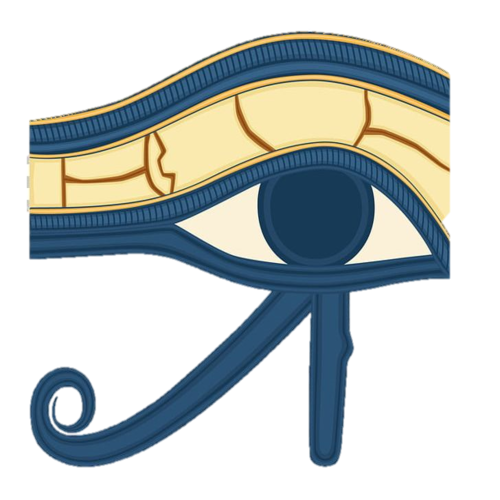Known rulers, in the History of Egypt, for the Fifth Dynasty.
The Third, Fourth, Fifth and Sixth Dynasties of ancient Egypt are often combined under the group title, Old Kingdom.
| Name | Comments | Dates |
|---|---|---|
| Userkaf | - | 2498 BC – 2491 BC |
| Sahure | - | 2487 BC – 2477 BC |
| Neferirkare Kakai | - | 2477 BC – 2467 BC |
| Shepseskare Isi | - | 2467 BC – 2460 BC |
| Neferefre | - | 2460 BC – 2453 BC |
| Nyuserre Ini | - | 2453 BC – 2422 BC |
| Menkauhor Kaiu | - | 2422 BC – 2414 BC |
| Djedkare Isesi | - | 2414 BC – 2375 BC |
| Unas | - | 2375 BC – 2345 BC |
The Fifth Dynasty of Egypt is considered part of the Old Kingdom of Ancient Egypt. Manetho writes that these kings ruled from Elephantine, but archeologists have found evidence clearly showing that their palaces were still located at Ineb-hedj ("White Walls").
How Pharaoh Userkaf founded this dynasty is not known for certain. The Papyrus Westcar, which was written during the Middle Kingdom, tells a story of how king Khufu of the Fourth Dynasty was given a prophecy that triplets born to the wife of the priest of Ra in Sakhbu would overthrow him and his heirs, and how he attempted to put these children -- named Userkaf, Sahura, and Neferirkara -- to death; however in recent years, scholars have recognized this story to be at best a legend, and admit their ignorance over how the transition from one dynasty to another transpired.
During this dynasty, religion made several important changes. The earliest known copies of funerary prayers inscribed on royal tombs (known as the Pyramid Texts) appear. The cult of the god Ra gains added importance, and kings from Userkaf through Menkauhor built temples dedicated to Ra at or near Abusir. Then late in this dynasty, the cult of Osiris assumes importance, most notably in the inscriptions found in the tomb of Unas.
Amongst non-royal Egyptians of this time, Ptahhotep, vizier to Djedkare Isesi, won fame for his wisdom; The Maxims of Ptahhotep was ascribed to him by its later copyists. Non-royal tombs were also decorated with inscriptions, like the royal ones, but instead of prayers or incantations, biographies of the deceased were written on the walls.
As before, expeditions were sent to Wadi Maghara and Wadi Kharit in the Sinai to mine for turquoise and copper, and to quarries northwest of Abu Simbel for gneiss. Trade expeditions were sent south to Punt to obtain malachite, myrrh, and electrum, and archeological finds at Byblos attest to diplomatic expeditions sent to that Phoenician city. Finds bearing the names of a several Fifth Dynasty kings at the site of Dorak, near the Sea of Marmara, may be evidence of trade but remain a mystery.
